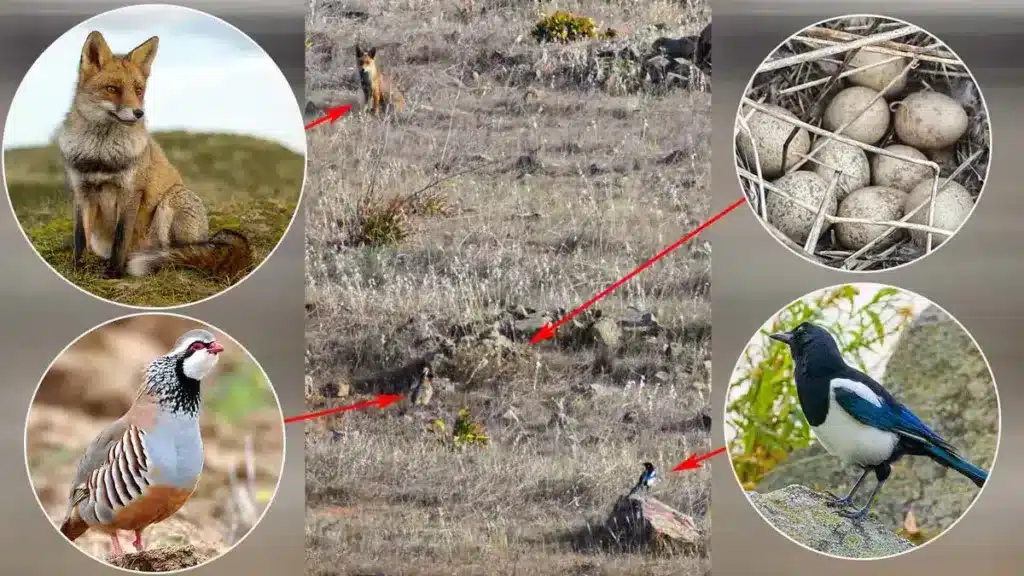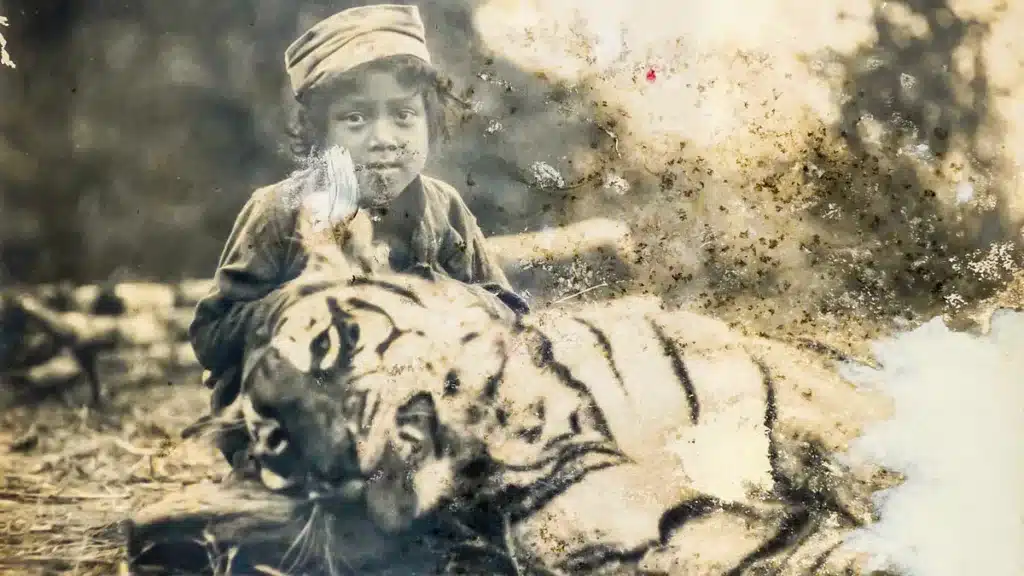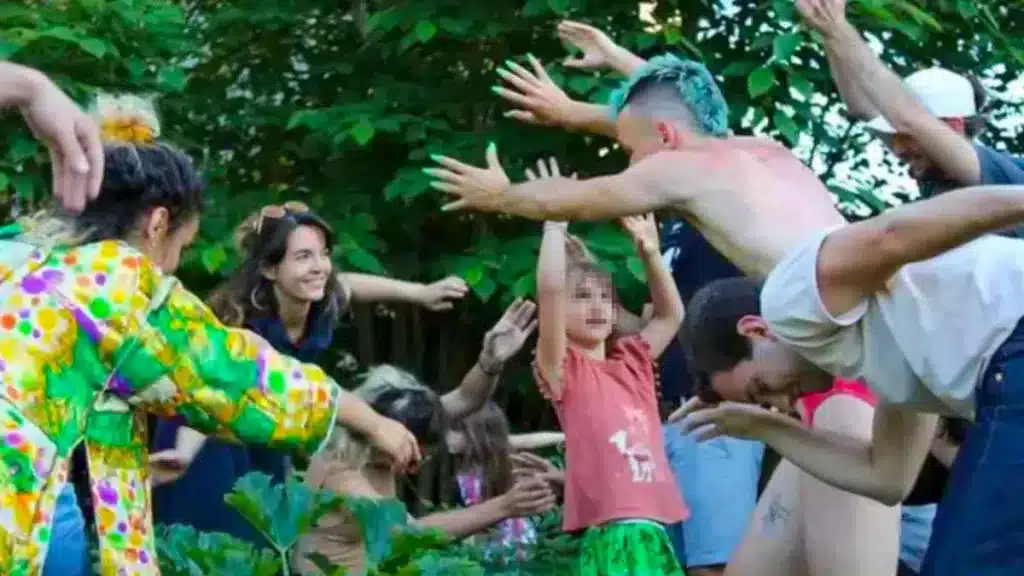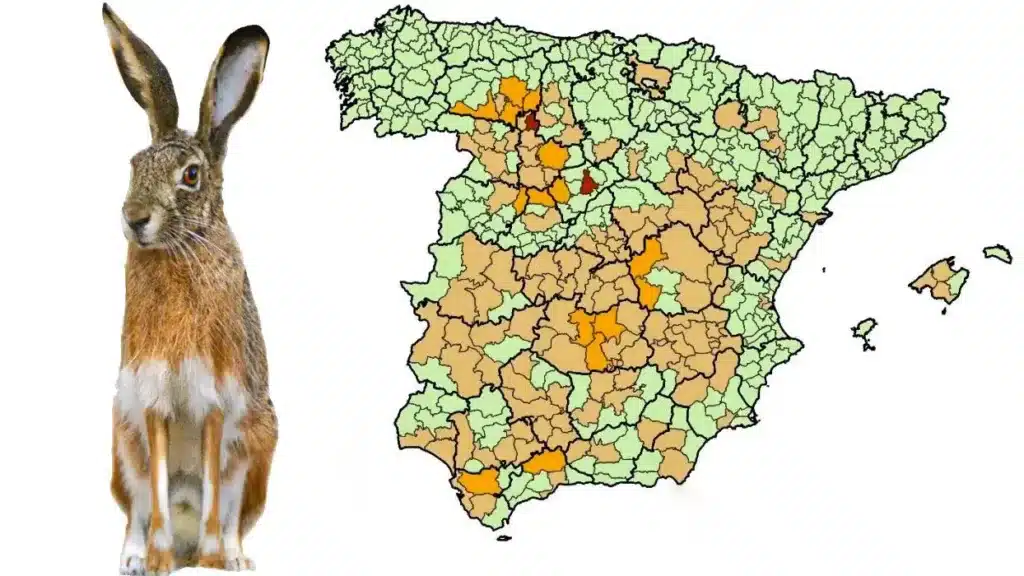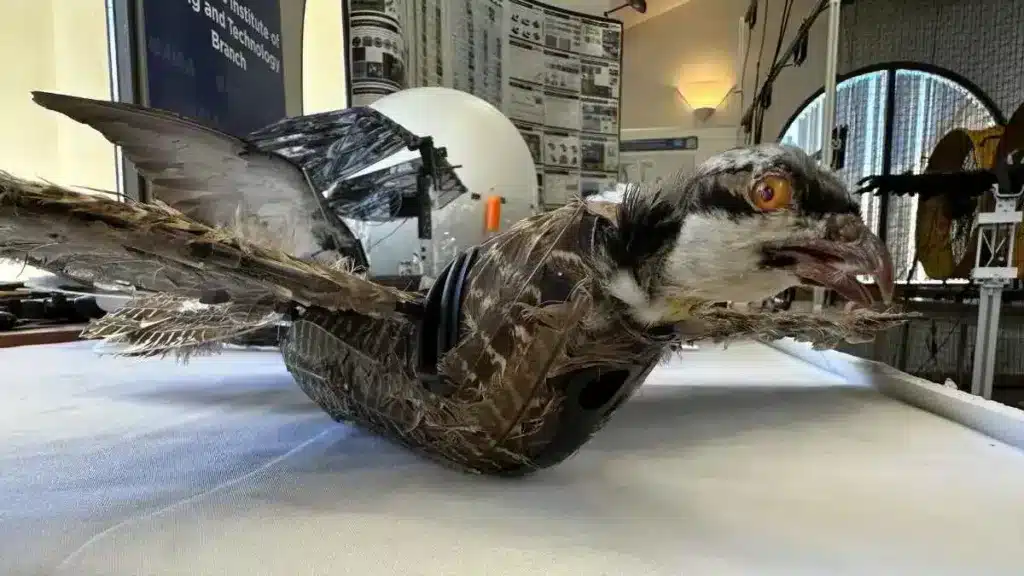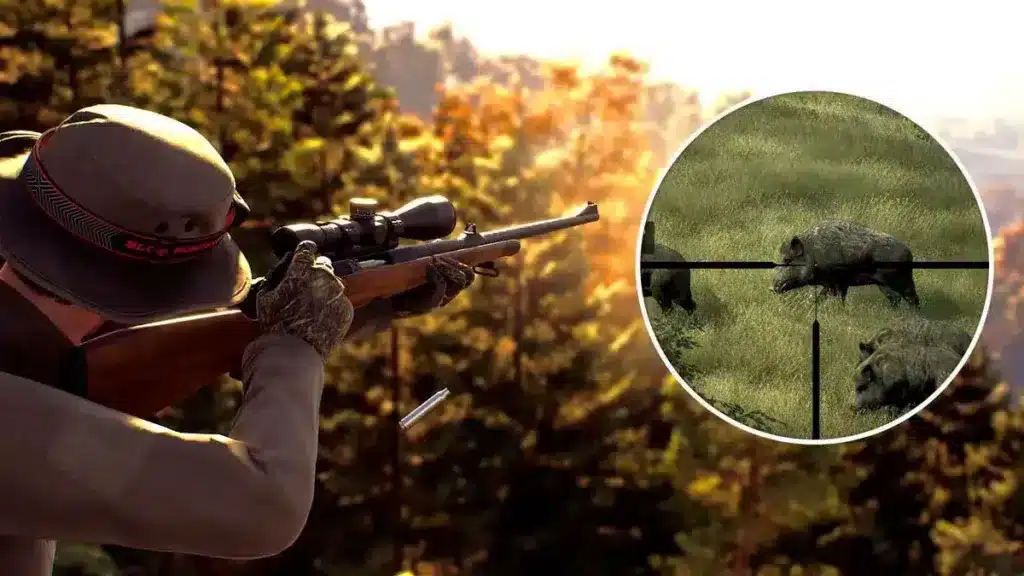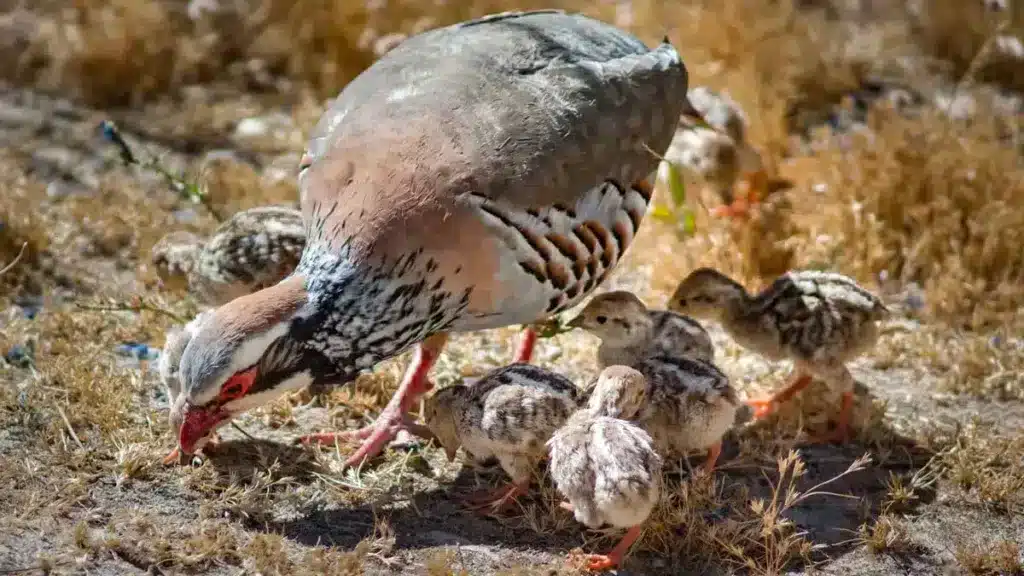In these weeks, the queen partridge par excellence of our small game, the red-legged partridge, is in the middle of its breeding season. This is a delicate moment that worries hunters, who have seen how in recent years their populations have declined due to factors such as intensive agriculture, the use of pesticides and the widespread presence of predators. And the following images highlight precisely this ‘harassment’ to which the robin population is subjected in our country.
They show multiple predators stalking a nest of only nine eggs of this species – normally there are about 15, but the drought has also affected this aspect. They were taken by José Antonio Ruiz Martín, a gamekeeper in the town of Calzada de Calatrava in the province of Calzada de Calatrava, who is in charge of some 42,000 hectares and several hunting reserves.
The most striking, without doubt, is that of a magpie and a fox stalking this nest at the same time, which is gallantly defended by a male partridge. “What is most striking is that the male partridge made the fox sit down and not go any further; he did so because he saw that his nest was in danger”. And he reflects that “there are more and more predators and less and less prey”.
Let us not forget that the male shows, as we have reported on other occasions in this medium, a high level of protection of the nest, which he even incubates, something that contributes to improving the productivity of a pair.
On the other hand, José Antonio emphasises that “the partridge that manages to carry the brood forward when the closed season opens, undoubtedly deserves a medal due to the high number of predators. Predator controls are carried out in this preserve, but they should be more and more intensified by the hunters. I see a lot of predators and in this area especially there are a lot of attacks by mongoose, even on private individuals with their hens”.
Predators that José Antonio Ruiz has filmed stalking the nest
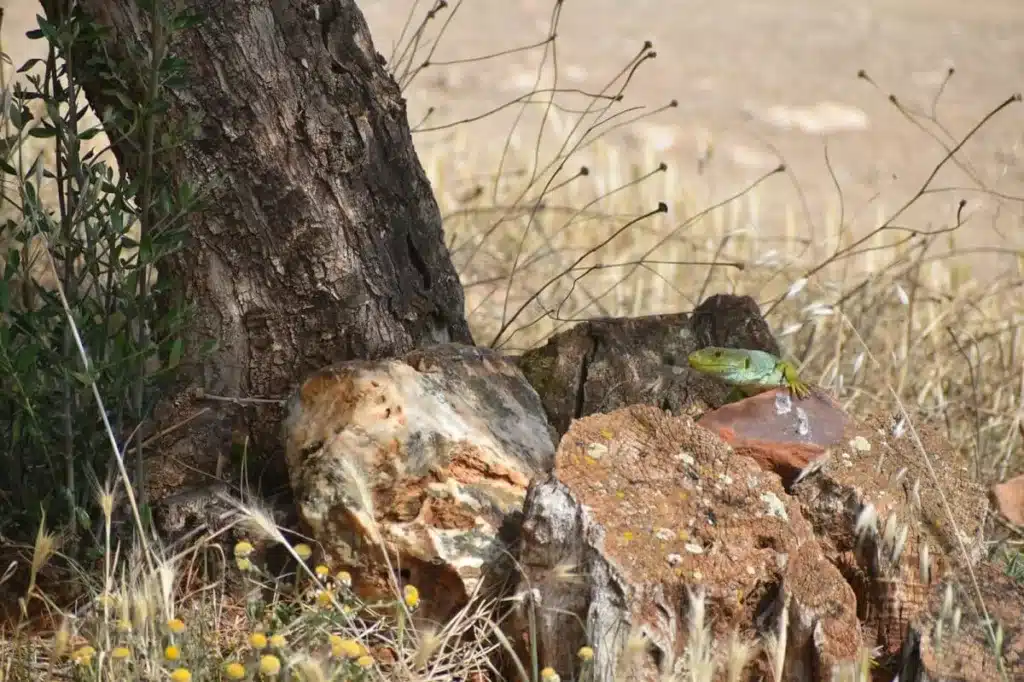
osé Antonio Ruiz explains to this editor that “he had been watching this nest for days after discovering it” and since then he has seen “a large number of animals approaching it: in addition to the fox and the magpie that were together, I saw a lizard”, says Ruiz. And it is important to bear in mind that these, together with the wild boar – especially the latter, as a scientific study has already shown – are some of the main predators of these nests.
“I carry a good camera for my work and that’s why I captured this scene. I was struck by the image of the male in the middle of the fox and the magpie defending the nest. There is little chance of the nest surviving, as in addition to the aforementioned predators, there are also eagles, snakes, feral cats, magpies, mongooses…”, says the ranger. And he recalls how “the male partridge was emboldened, something that really caught my attention”.
The movement of the partridge population to more urbanised areas as it flees from agriculture
On the other hand, the gamekeeper analyses the fact that this year many farmers are opting for green harvesting due to the current drought, something that is detrimental to the good growth of the partridge nests: “This reduces and displaces the partridge population to other places”, explains Ruiz.
And he goes further in his analysis: “I have detected that many of the nests are close to roads and attached to chalets and sheepfolds; it is curious how they have been moving away from intensive agriculture, so I deduce that they are starting to leave. In addition, it is striking that the number of eggs is not very high, which can reach up to 15; in this case there are only 9 eggs, which means that it is not an excessive laying, in which the dry weather can also have an effect”, as we have already mentioned. “The nests are being built closer and closer to humans: in ditches, near buildings”, adds the ranger.
Another increasingly pressing problem: the problem of ‘meloncillo’
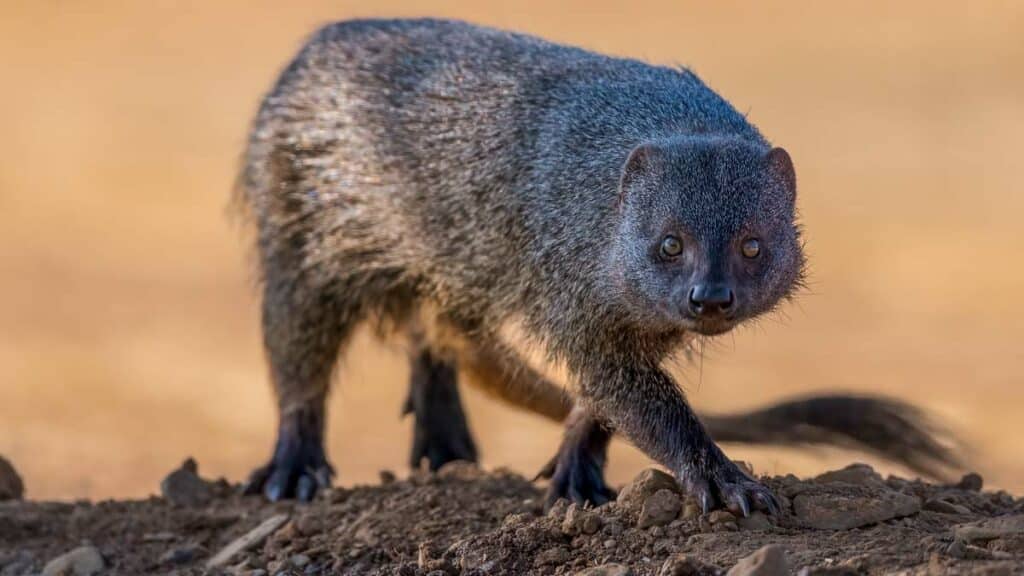
Finally, the gamekeeper laments the increasingly pressing problem of the mongoose in this area of the province of Ciudad Real, where its presence is growing and is also detrimental to the partridge population. And not only partridges: “In one month, this predator has wiped out up to 160 hens in this village” after entering private properties and entering henhouses.
As for other species, he points out that the hare remains in the area “because it can escape from predators”, while the rabbit is declining: “They are moving to other places, as they are being displaced by the mongoose, a species that is becoming more and more common and which cannot be shot in this region”, he concludes.

